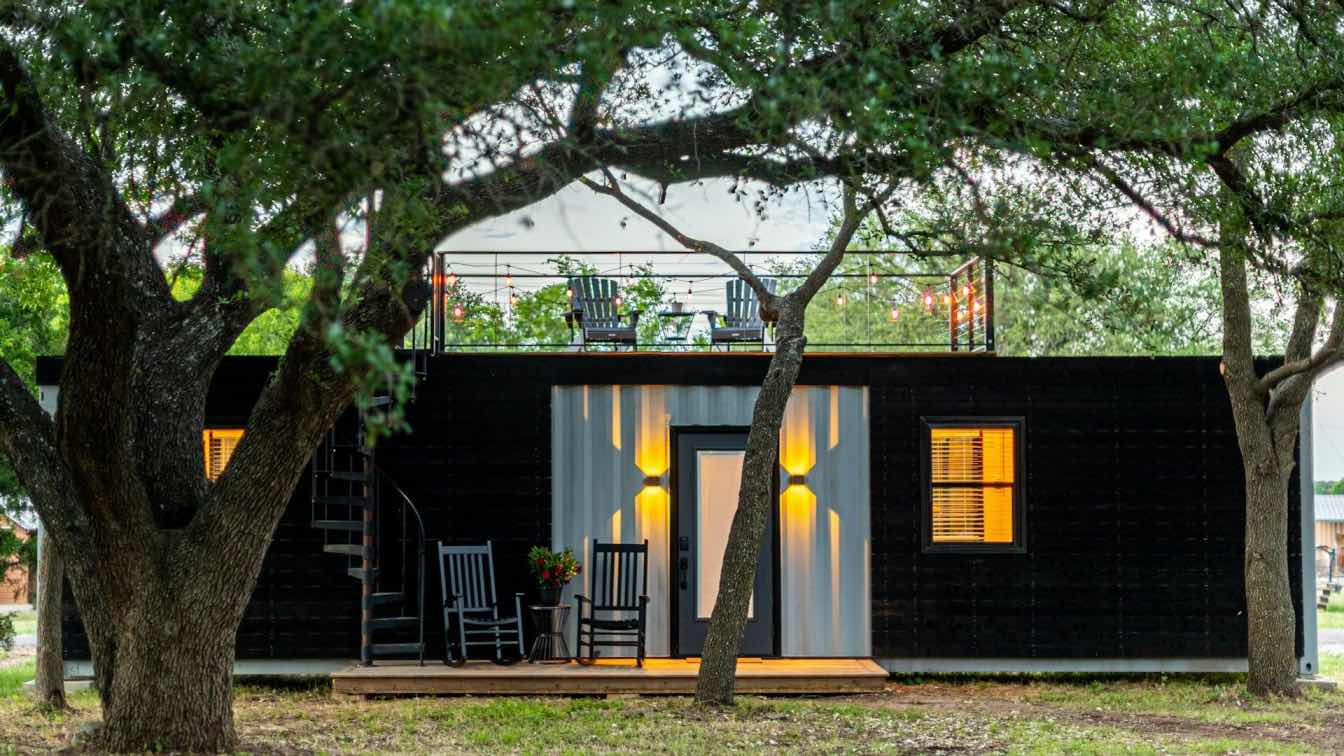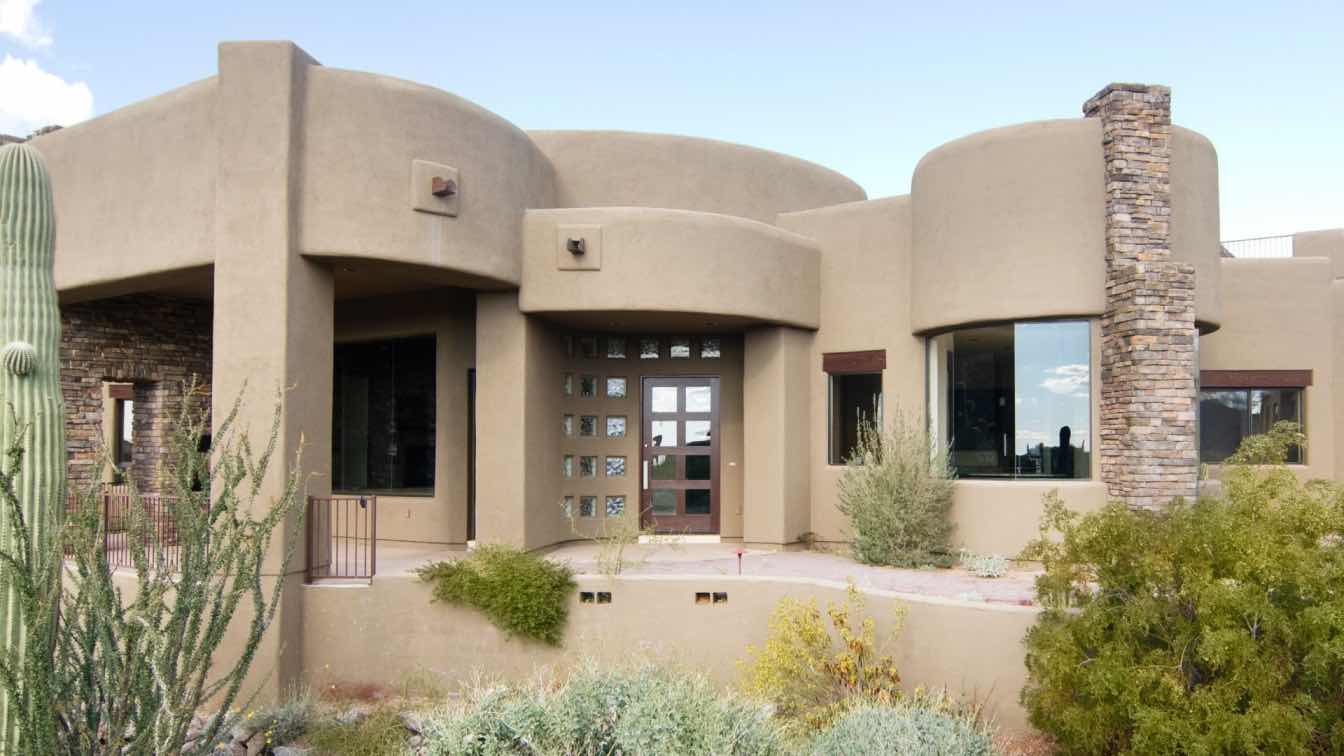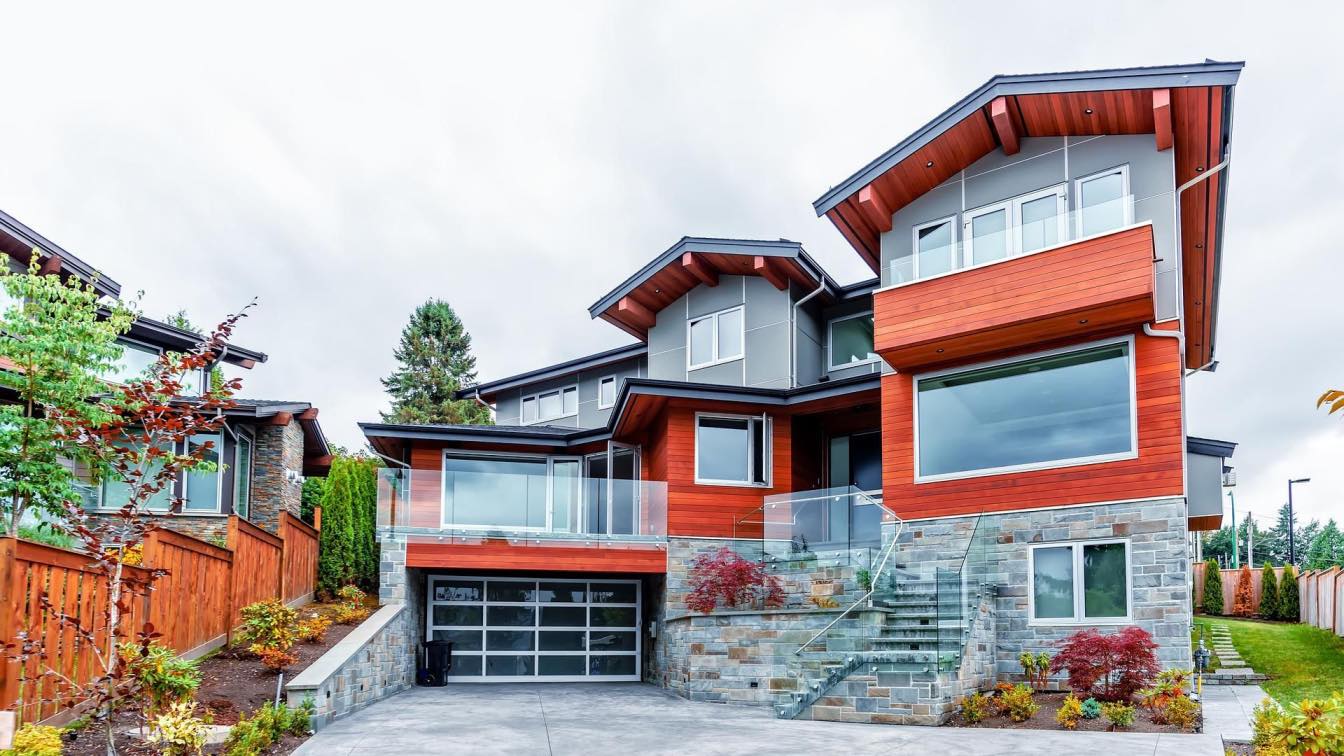The tiny home movement has garnered significant attention in recent years, evolving from a niche interest into a full-blown lifestyle choice for many. This shift reflects a growing desire among individuals to downsize their living spaces in exchange for a more sustainable, financially liberating, and fulfilling life. Tiny homes, often defined as dwellings under 400 square feet, offer a multitude of benefits that cater to a wide array of lifestyle preferences and priorities. From affordability and environmental sustainability to simplicity and personal freedom, the advantages of adopting this way of life are both profound and diverse.
Affordability: A Gateway to Financial Liberation
One of the most compelling reasons people gravitate towards tiny home living is its affordability. The cost of purchasing or building a tiny house is significantly lower than that of traditional housing, with some models priced as low as $20,000 to $50,000. This price range makes homeownership accessible to a broader demographic, including young adults, retirees, and those seeking to live debt-free.
Monthly living expenses see a dramatic decrease as well. Utilities, property taxes, and home insurance costs are substantially reduced in a tiny home due to its smaller size and efficient use of resources. This reduction in ongoing expenses not only alleviates financial stress but also opens up opportunities for savings, investments, and spending on experiences that enrich one’s life.
Environmental Impact: A Step Towards Sustainability
Tiny homes make a big statement in environmental conservation. Their reduced size translates to a smaller carbon footprint, thanks to lower energy requirements for heating, cooling, and lighting. Many tiny homeowners opt for green technologies such as solar panels, composting toilets, and rainwater harvesting systems, further diminishing their ecological impact.
Construction of tiny homes also frequently involves the use of recycled, reclaimed, and sustainable materials. This practice not only reduces waste but also promotes a circular economy, where resources are reused and recycled, minimizing the demand for new materials and the environmental degradation associated with their production.
Simplicity and Minimalism: The Essence of Tiny Living
The philosophy of minimalism runs deep in the tiny home community. By occupying a smaller space, individuals are encouraged to declutter their lives, keeping only what is essential or brings joy. This process fosters a mindset of simplicity, where the accumulation of material possessions takes a backseat to the pursuit of experiences and personal growth.
Living in a tiny home simplifies daily routines and maintenance tasks, freeing up time and energy for hobbies, travel, and spending time with loved ones. This shift towards a simpler, more intentional lifestyle often leads to increased happiness and reduced stress, as the complexities of managing a larger home and its associated possessions are eliminated.
Mobility and Freedom: The Allure of a Nomadic Lifestyle
For many, the appeal of tiny home living lies in its potential for mobility and freedom. Tiny homes on wheels offer the unique advantage of a nomadic lifestyle, allowing individuals to explore new locations, live closer to nature, and change their living environment with relative ease. This mobility also provides the freedom to chase career opportunities, maintain close proximity to family, or simply seek out the best weather year-round.
The flexibility of tiny living extends to financial and personal freedoms as well. Without the burden of a traditional mortgage or the ties to a specific location, individuals can allocate their resources towards pursuing passions, building savings, or creating a life that aligns with their values and aspirations.
Community and Connection: Building Relationships in Tiny Home Communities
Tiny home communities are sprouting up across the globe, offering residents a sense of belonging and mutual support that is often lacking in traditional housing settings. These communities are designed to foster interactions among residents, with shared spaces and amenities that encourage socializing and collaboration.
Living in close proximity to others who share similar values and lifestyles promotes a strong sense of community and support. Residents often engage in communal activities, share resources, and help each other in ways that enrich their living experience and forge lasting relationships.
Creative and Personalized Spaces: The Joy of Customization
Tiny homes provide a canvas for creativity and self-expression. The limited space challenges owners to think innovatively about design, storage, and functionality, resulting in unique and personalized living spaces. Multi-functional furniture, custom-built solutions, and clever use of vertical space are just a few examples of how tiny homeowners maximize their limited square footage.
This opportunity to design and customize a home from the ground up allows individuals to reflect their personality, needs, and aesthetic preferences in their living environment. The result is a home that is not only efficient and functional but also a true reflection of the owner’s identity.
Reducing Life’s Complexity: A Path to Contentment
The transition to tiny home living is often accompanied by a significant reduction in life’s complexities. With less space to maintain and fewer possessions to manage, individuals find themselves with more time to focus on what truly matters to them. This newfound freedom can lead to a deeper exploration of hobbies, personal development, and meaningful experiences that contribute to a richer, more contented life.
Financial Freedom and Investment Potential: A Smart Economic Choice
Tiny homes are not only affordable to purchase and maintain but also offer potential as smart investments. The growing popularity of tiny living has led to increased demand for these dwellings, making them attractive options for rental properties or resale. Owners can leverage their tiny homes as sources of passive income or capitalize on their investment should they decide to sell in a favorable market.
Moreover, the savings accrued from lower living expenses can be redirected towards retirement accounts, travel funds, or starting a business. This financial flexibility is a key factor driving individuals towards the tiny home lifestyle, as it provides the means to pursue dreams and goals that may have been out of reach in a traditional housing scenario.
Challenges and Considerations: Navigating the Tiny Home Journey
While the benefits of tiny home living are numerous, prospective tiny homeowners must also navigate certain challenges. Zoning laws, building codes, and financing options can pose obstacles to tiny living, requiring research and planning to overcome. However, the tiny home community is a resourceful and supportive network, offering advice, solutions, and shared experiences to help newcomers navigate these hurdles.
Prospective tiny homeowners are encouraged to thoroughly research and consider their options, ensuring their tiny home journey is as smooth and enjoyable as possible. With careful planning and a willingness to embrace the tiny living philosophy, individuals can embark on a life that is not only simpler and more sustainable but also richer in experiences and personal fulfillment.
The tiny house movement encapsulates a radical shift in how we think about our homes, possessions, and lifestyles. By choosing to live smaller, we open the door to a wealth of opportunities for personal and financial growth, environmental stewardship, and a deeper connection with our communities and the natural world. As more individuals and families opt for tiny living, we are reminded of the profound impact that simplicity, creativity, and flexibility can have on our lives and the world around us.





